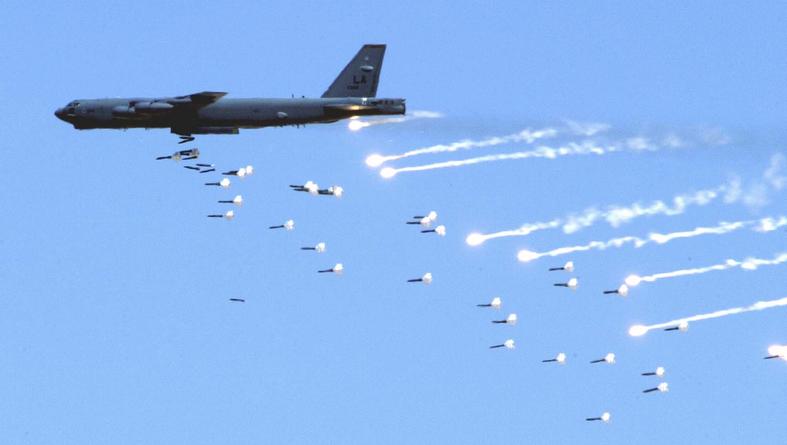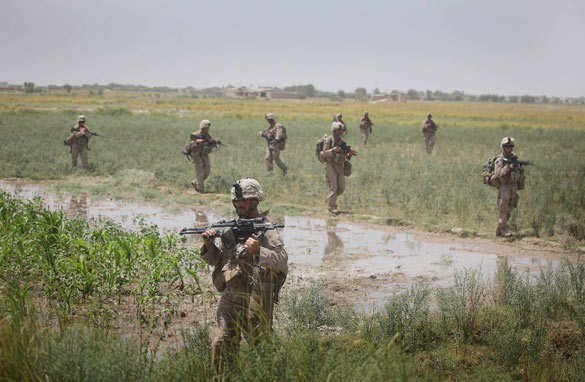By Friday, September 14 (2001),
the tone of television coverage had moved from shock to fury,
legitimizing,
even advocating,
total vengeance,
no matter what the consequences.
This was especially evident in one of the worst journalistic innovations of the past twenty years,
the use of the sensationalizing banner headline designed to collapse a whole host of events into one,
highly simplified frame of meaning.
First, it was “AMERICA UNDER ATTACK.”

By Friday,
on CNN,
it was “AMERICA AT WAR,”

complemented by other slogans and banners like “The Longest Week”
to resonate with the war film The Longest Day.

By early the following week, CNN’s banner was “AMERICA’S NEW WAR.”

Without saying explicitly that the United States had to declare war against all Islamic nations and peoples,
on-air experts from former CIA Director James Woolsey to retired NATO Commander George Joulwan
evoked the specter of wars at home and abroad.

As Joulwan warned, “Fighting may take place right in our own country.
This is not a one-time event – it needs to be worldwide.”







